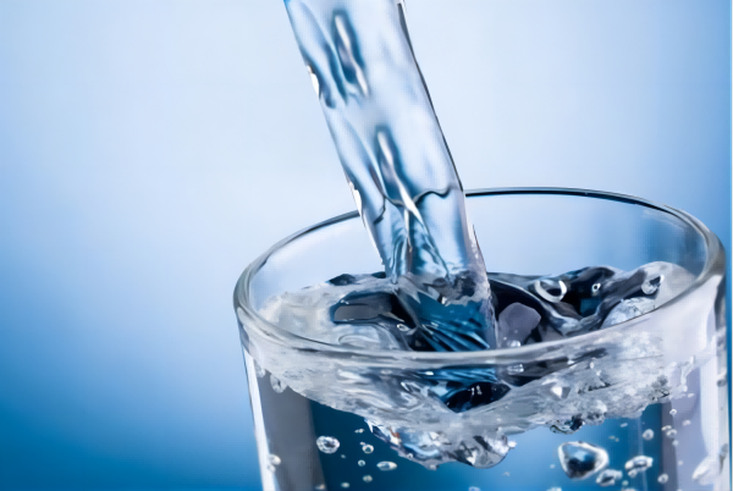Excessive iron and manganese in groundwater
Many areas use groundwater as a source of water, if the content of iron and manganese in the water is too high, it will have a certain impact on our production and life. According to the determination, when the iron content in water is 0.5mg/L, the chroma can reach more than 30 degrees, and when it reaches 1.0mg/L, not only the chroma increases, but also the obvious metallic taste.
If the concentration of iron and manganese exceeds a certain limit, it will produce reddish-brown precipitates, which can leave yellow spots on white fabrics or water utensils and sanitary utensils. In industry, when used in textile, printing and dyeing, knitting, paper and other industries, it will affect product quality.

So how do you determine if groundwater has excessive levels of iron and manganese? We can judge from the following characteristics.
Characteristics of excessive iron content in groundwater:
1. Clear well water turns pale yellow after a few hours to a day in the pool.
2. A few days later, yellow iron mud was deposited on the bottom of the pool, and the walls of the pool were stained yellow.
3. The water turns slightly yellow after boiling, and the higher the iron content, the darker the yellow.
4. Oil film floating on water surface
5. The freshly pumped well water has obvious iron smell
Characteristics of excessive manganese content in groundwater:
1. The dyeing ability of manganese is weak, and the dyeing effect of manganese cannot be seen when iron exceeds the standard at the same time.
2. Excessive manganese alone will stain the pool wall and the ground where the water is used black and there will be delamination.
3. Washing your clothes will darken them.
How to deal with excessive iron and manganese in the water?
Usually we use a manganese sand filter to remove iron and manganese ions. Mainly using the catalytic action of manganese sand, when the water flows through the manganese sand filter layer, due to the chemical action of the filter material, the iron and manganese ions in the water begin to oxidize, so that the trivalent iron ions in the water form an active oxide film containing crystal water on its surface, relying on the physical adsorption, has achieved the purpose of reducing the iron ion content in the water.

